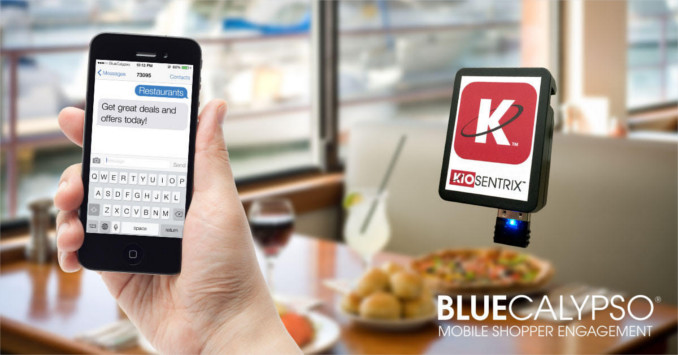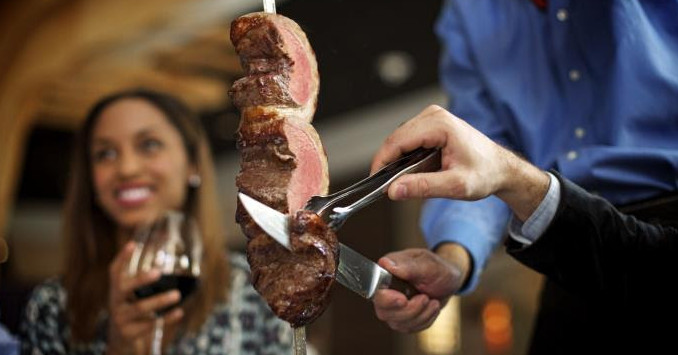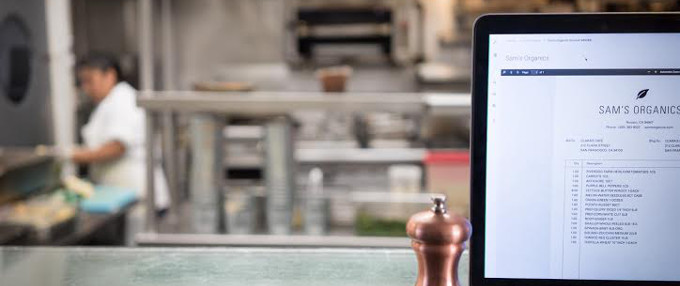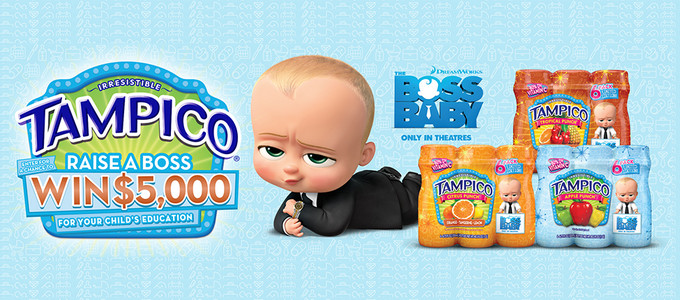Restaurants and Beacons: Friend or Foe?
 By: Andrew Levi, CEO of Blue Calypso
By: Andrew Levi, CEO of Blue Calypso
According to new findings by ABI Research, the use of beacon technology is set to hit the mainstream market this year, following a strong third quarter in 2015 in shipment data and contract figures. Thus far, traditional big box retailers such as Wal-Mart and Target have rolled out and began testing this technology. However, several other industries, such as restaurants, are looking to break into the beacon movement as well. While still a fairly new concept, especially for the restaurant industry, there are a multitude of deployment options available to increase customer engagement.
So what is a beacon and how does it work? These portable devices can be placed anywhere in a restaurant, or nearby location, and rely on a smartphone’s Bluetooth connection to transmit information directly to a mobile app that is listening for the beacon’s signal. They essentially create that “tap on the shoulder” that allows restaurants to send information to a customer’s device. Once the beacon is connected, consumers no longer have to activate or scan a code to receive special offers or engage with the restaurant. Instead, the information is automatically delivered to their smartphone once they walk past the beacon, allowing them to opt in as they freely enter and exit the restaurant each time they visit.
Below are five ways restaurants can begin experimenting with beacon technology in their stores today.
Marketing Messages
When initially deploying beacons, restaurants should use the technology to ping customers with marketing messages when they enter the location or are nearby. Offering coupons or special daily deals can entice customers walking by to have lunch or dinner at the restaurant. Once they enter the establishment, restaurants can send a message thanking them for their patronage and offer a discount on appetizers to use on their next visit. Sending marketing messages to consumers can be a good first step for restaurants looking to get their feet wet in the beacon pool.
In-Store Service Messages
In today’s fast-paced world, consumers prefer dining out and visiting restaurants that have quick and efficient service – no matter how busy the restaurant is or what time of day it is. What if beacons could let customers know what the current wait time or table availability is at the location even before they entered? By installing beacons a few blocks away or in the parking lot down the street, restaurants can notify customers ahead of time to provide this real-time information, and help consumers make better purchasing/experiential choices. While this might turn away potential guests, the location’s transparency will leave a positive, lasting impact on the customer for future visits.
Customer Feedback
Restaurants that want to remain transparent and focus on consistently improving their customer’s experience can take even one step further to ensure customer satisfaction. Beacons can notify guests as they exit the restaurant to fill out a short survey about their experience. Customers can then state their comments and opinions in real-time directly to the establishment without any direct confrontation. By asking for this feedback, restaurants are showing how much they care and guests will appreciate that.
Ordering and Payment Options
Beacons also have the ability to offer customers ordering and payment options right at the table. The customer simply has to move their device in close proximity to the beacon at the table in order for it to pull up a menu on their mobile device through an app or microsite. This allows customers to browse the menu and potentially begin ordering drinks or appetizers without delay. At the end of their meal, they can even pay their bill right from their phones. This technology will complement in-person service by allowing guests to begin the ordering process at their own convenience and by allowing them to pay and leave without having to wait on anyone. Since so many customers want self-service options these days, this enables restaurants to tailor the in-store experience to accommodate that.
Behavioral Analytics
The more information a restaurant knows about its visitors, the better it can adjust menus, happy hours and other promotions to correspond to their guests needs and wants. When a customer opts in, the technology will begin collecting data every time they receive a marketing message, fill out a feedback survey or use the table-side beacons. By learning how to best engage with the customers and technology, restaurants will have more insight into their visitors’ unique behavior, wants/needs and preferences. This will equip them to begin targeting guests more strategically and ultimately provide a better overall experience for their visitors to keep them coming back!
Restaurants have several options for engaging with their customers via mobile technology, from basic marketing messages to feedback requests. No customer wants to be overloaded with information; however, when used in moderation and appropriately, beacons can have a real impact on engaging customers and creating unique, tailored dining experiences. We believe this year will be the turning point when more retailers of all sizes begin deploying beacons, and the restaurant industry is no exception.








